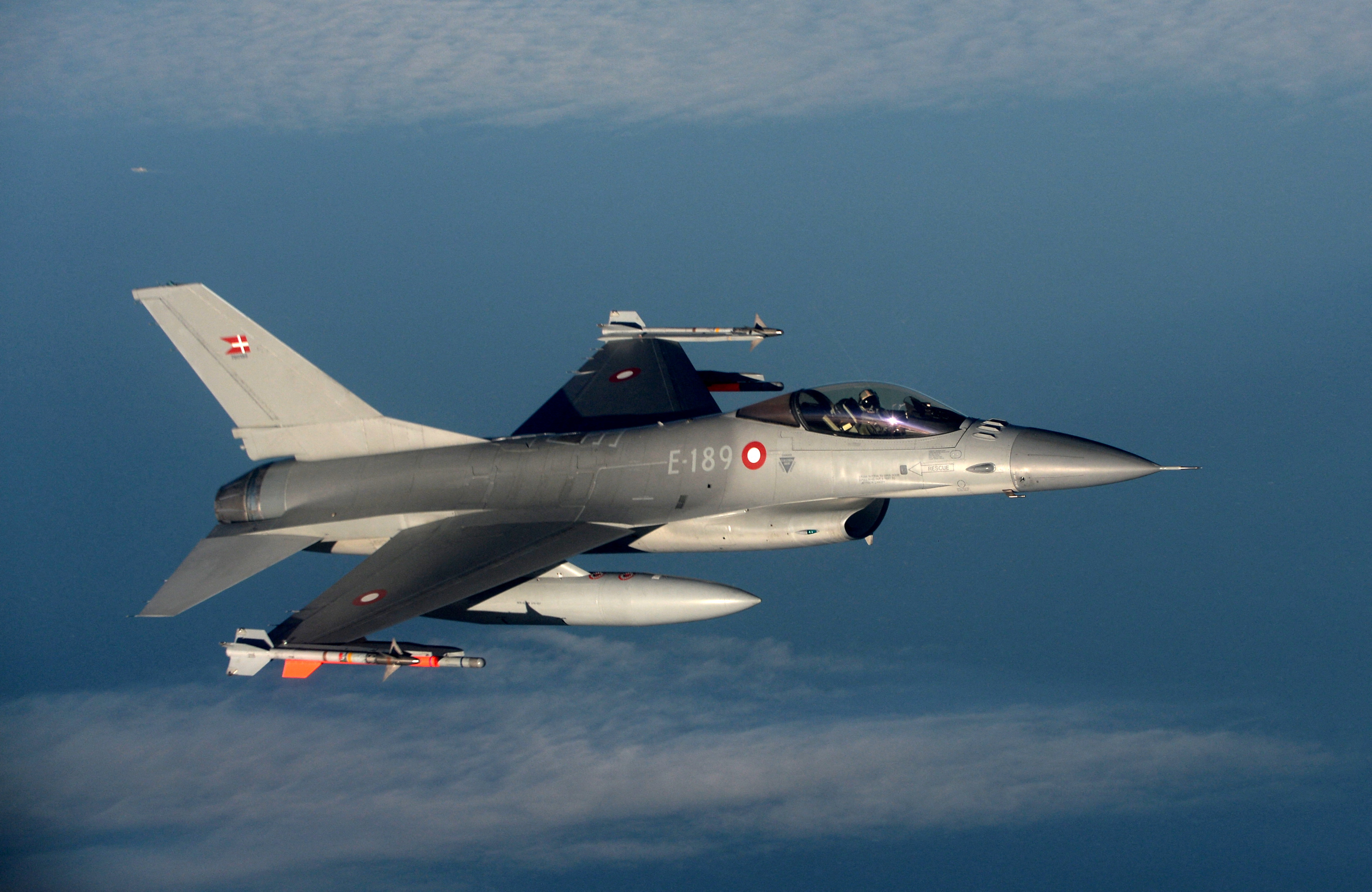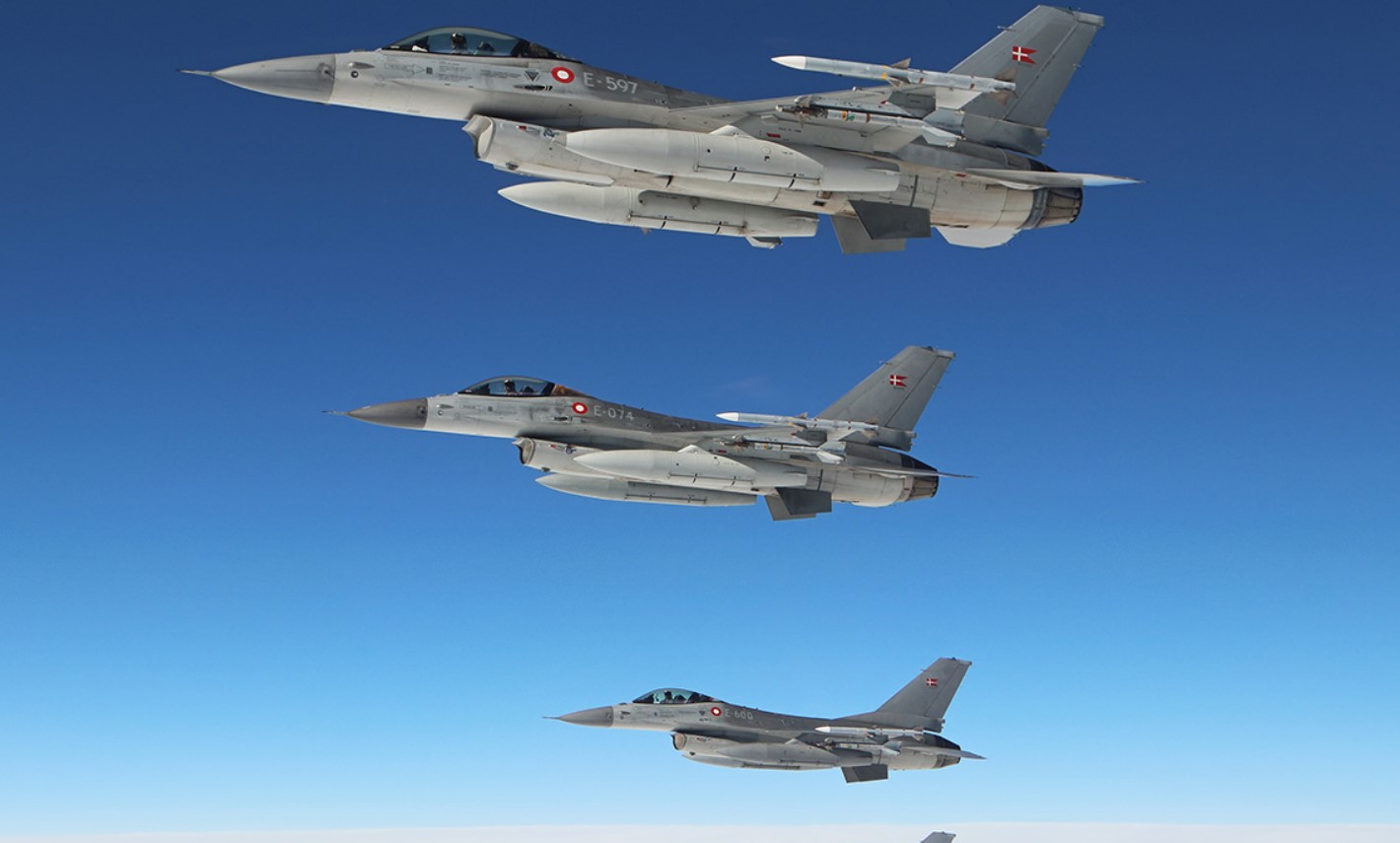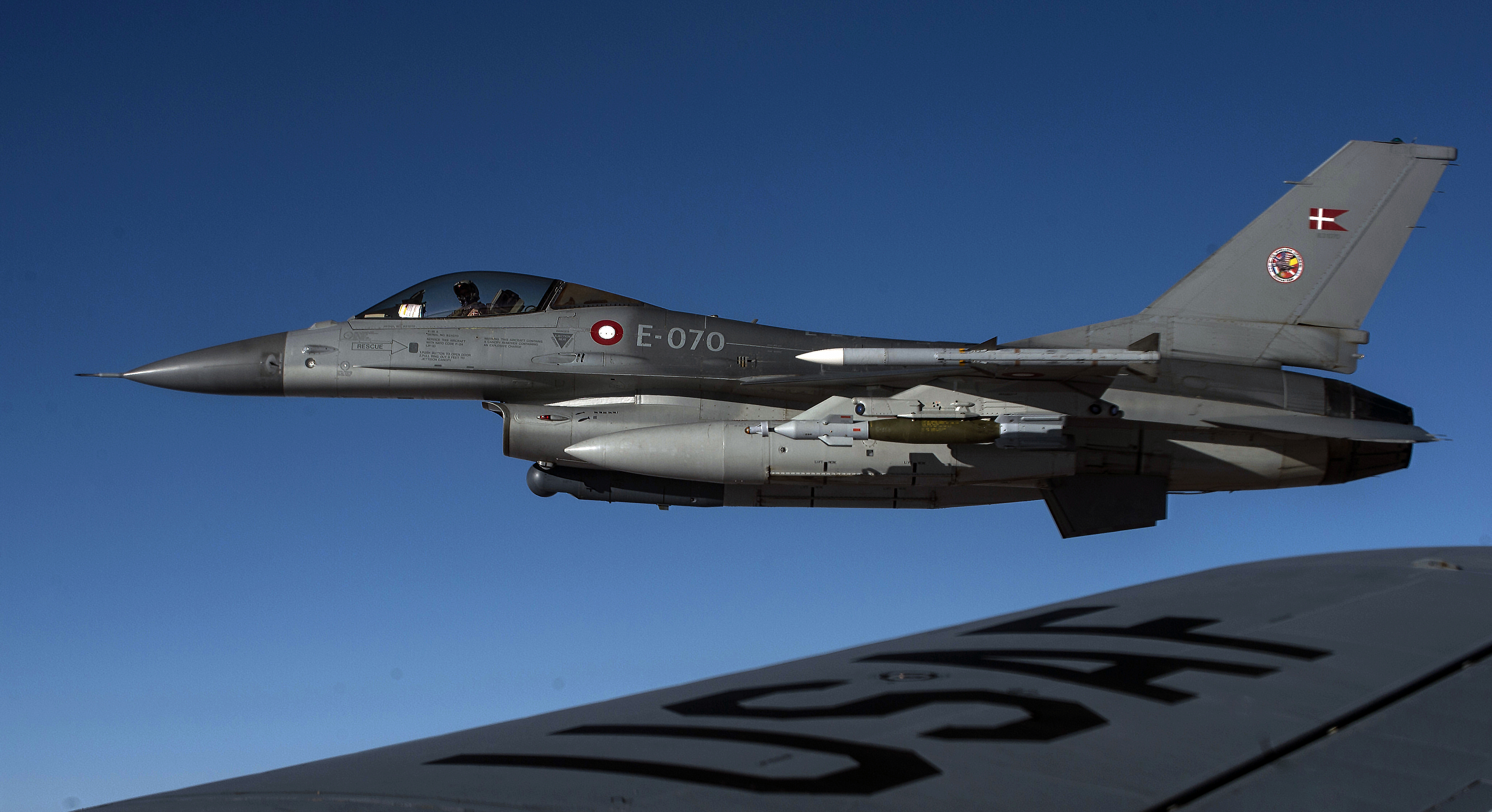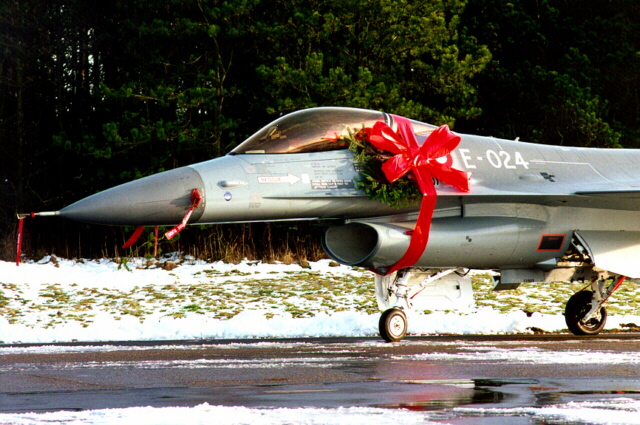Mil disculpas copperhead, no fue adrede, nunca hago ese tipo de cosas, debo haber pifiado en el editado con el celu, ya lo corrijo.Chile y Argentina, ambas van con mayúscula. gracias ( de nada)
Le gustaría a Ud. ver un post como el que a continuación escribo , solo a modo de ejemplo :
"Chile tiene mas de 60 caza-bombarderos operativos en su Fuerza Aérea y argentina , parece que tiene solo 5 o 6"
Estás usando un navegador obsoleto. No se pueden mostrar estos u otros sitios web correctamente.
Se debe actualizar o usar un navegador alternativo.
Se debe actualizar o usar un navegador alternativo.
Rumores y discusión sobre el próximo multirrol que no fue para la FAA
- Tema iniciado Cocker
- Fecha de inicio
Peliense!
Pucha Karkas , acepto totalmente sus disculpas y quisiera borrar mi post , si me permite, porque siento que se me subió la mostaza y me fui al pasto de una . Gracias de veras!Mil disculpas copperhead, no fue adrede, nunca hago ese tipo de cosas, debo haber pifiado en el editado con el celu, ya lo corrijo.
Ya quedó todo grabadoPucha Karkas , acepto totalmente sus disculpas y quisiera borrar mi post , si me permite, porque siento que se me subió la mostaza y me fui al pasto de una . Gracias de veras!
Que botonYa quedó todo grabado

No pasa nada, non preocuparonPucha Karkas , acepto totalmente sus disculpas y quisiera borrar mi post , si me permite, porque siento que se me subió la mostaza y me fui al pasto de una . Gracias de veras!
Ud. se tendría que arrepentir........ o no? Siii! Váyase arrepintiendo!Ya quedó todo grabado
Me voy arrepentido pero antes dejo un presenteUd. se tendría que arrepentir........ o no? Siii! Váyase arrepintiendo!
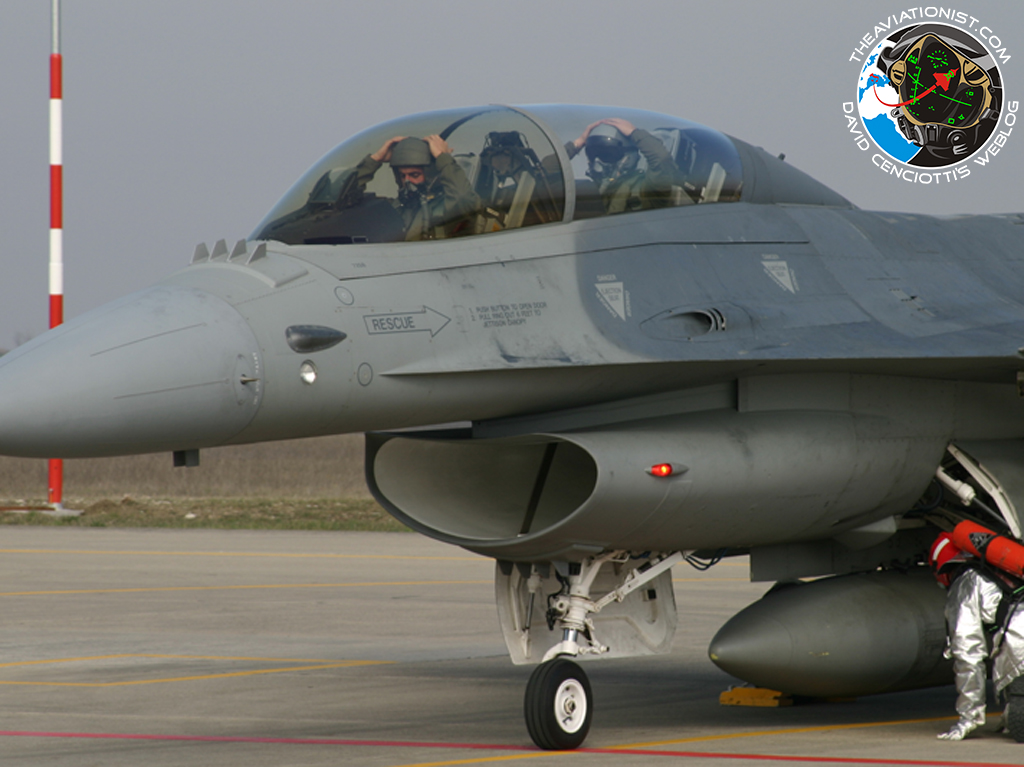
A los entendidos en sistemas aeronáuticos del F16.
Si en teoría nuestros a4 tienen una avionica de un F16 block 30 o mayor.
¿Que beneficios trae adquirir un lote de f 16 block 15 en materia de avionica. ?
Se que el F16 puede actualizarse.
Es supersonico y mejor radar.
Pero lo demás un block 15, 20, 30 difiere mucho de un a4 ?
Si en teoría nuestros a4 tienen una avionica de un F16 block 30 o mayor.
¿Que beneficios trae adquirir un lote de f 16 block 15 en materia de avionica. ?
Se que el F16 puede actualizarse.
Es supersonico y mejor radar.
Pero lo demás un block 15, 20, 30 difiere mucho de un a4 ?
Si te venden 1 primer lote, se entiende que estas autorizado a seguir comprando en la medida que no te sancionen por algo.Spirit, ponele que los valores estén en sintonía con el primer contrato rumano, 12 MLU portugueses, logística, herramental, armamento y mejoras de infraestructura, incluso que por un tema monetario dejemos el KC 135 para más adelante (como propone Michelun), bárbaro, démosle para adelante, pero garantizame que en unos años me vas a autorizar otro lote, el reabastecedor, el programa SLEP y una eventual actualización de los aviones, como para poder prever un horizonte de acá a 20-25 años, porque sino, de aca a 10 años o menos, cuando haya que reemplazar a los A-4 vamos a tener que salir a buscar otro modelo para reemplazar primero a estos y despues a los MLU, porque asi como estan no van a durar mucho mas si no puedo extender su vida y modernizarlos, me explico. Es decir, agarro los daneses, pero dame garantías para que una vez que los asimile, empezar el proceso de adquisición de más unidades, no que quede en esos 12 y ya.
Ojo, por ahi eso ya esta conversado, no lo puedo saber, pero considerando que lo que necesitamos son mas de los 12 aviones que ahora podriamos incorporar, creo que no esta de mas pedir ciertas garantias (y esto deberia correr tambien para los otros oferentes)
Del programa SLEP no me preocuparía, si te autorizan comprar aviones daneses, no se van a perder la oportunidad de ganar guita a través de su industria.
La incógnita es sí estamos condenados a bloques bajos de acuerdo a lo que señaló en su oportunidad el embajador USA.
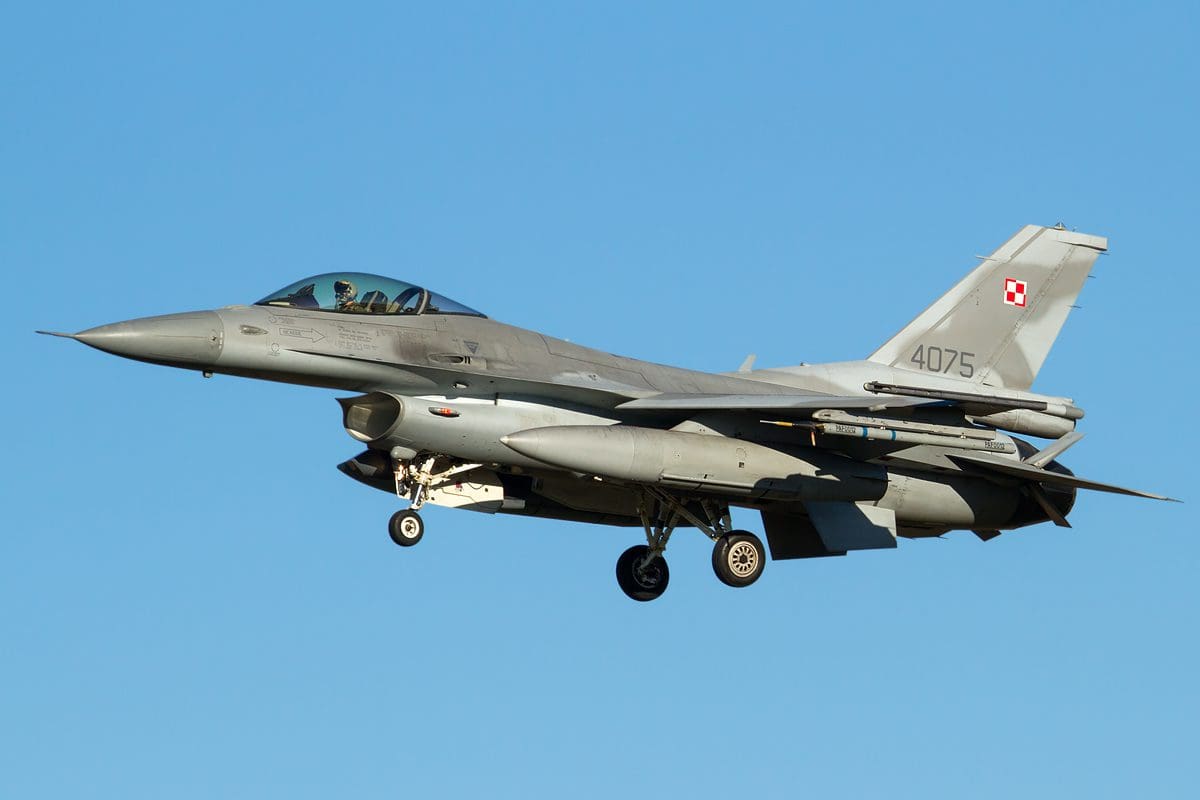
BAE Systems presenta el nuevo sistema de ciberseguridad para cazas F-16
De acuerdo a un comunicado de la empresa, BAE Systems ha lanzado el Viper Memory Loader Verifier II (MLV II), un nuevo sistema de ciberseguridad que
pero claaaaro … acá tenes porque los British quieren que Argentina compre F 16…
hay sistemas que jamás va a poder utilizar. Ellos ya tienen cómo neutralizarlos.

Bueno…. Esta buenísimo. No podemos negarloEsto podemos pagar....
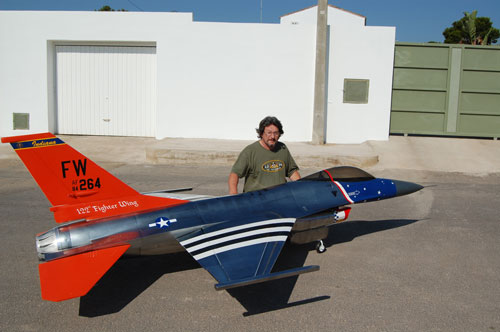
También tenían los códigos de los Exocet y sin embargo..
BAE Systems presenta el nuevo sistema de ciberseguridad para cazas F-16
De acuerdo a un comunicado de la empresa, BAE Systems ha lanzado el Viper Memory Loader Verifier II (MLV II), un nuevo sistema de ciberseguridad quewww.zona-militar.com
pero claaaaro … acá tenes porque los British quieren que Argentina compre F 16…
hay sistemas que jamás va a poder utilizar. Ellos ya tienen cómo neutralizarlos.

No soy un entendido en los F-16.A los entendidos en sistemas aeronáuticos del F16.
Si en teoría nuestros a4 tienen una avionica de un F16 block 30 o mayor.
¿Que beneficios trae adquirir un lote de f 16 block 15 en materia de avionica. ?
Se que el F16 puede actualizarse.
Es supersonico y mejor radar.
Pero lo demás un block 15, 20, 30 difiere mucho de un a4 ?
Pero te digo que de Block 15, a esos aviones,les queda solo el nombre, en cuanto a sus sistemas, ya que fueron modernizados durante su carrera operativa, elevando su nivel, a los bloques mucho más nuevos, y si no me equivoco, están cerca de un B-50
A los entendidos en sistemas aeronáuticos del F16.
Si en teoría nuestros a4 tienen una avionica de un F16 block 30 o mayor.
¿Que beneficios trae adquirir un lote de f 16 block 15 en materia de avionica. ?
Se que el F16 puede actualizarse.
Es supersonico y mejor radar.
Pero lo demás un block 15, 20, 30 difiere mucho de un a4 ?
El Block es indicativo de su fabricación.
Lo que cambia es el Tape: el estandar de la aviónica (cito de f-16.net)
Following the DT&E phase
Both aircraft will be equipped with special measurement systems and will be used in the Development Test & Evaluation test program at Edwards AFB, which will last until October 1997. The three other TVI aircraft will be used in the DT&E phase until mid-1996.
Further tests will then take place at Leeuwarden Air Base, The Netherlands, which will denote the start of the Operational Test & Evaluation phase of MLU. At Leeuwarden, four more MLU aircraft will join the program, the so called Lead The Fleet (LTF) aircraft, the first F-16s that will be modified for each of the four EPAF countries.
DT&E software tapes 1 thru 4
The DT&E aircraft now use the MLU Tape-1 software. This version will be replaced in June 1996 by the more extensive Tape-2 at the beginning of the OT&E phase. Tape-4 denote the final version which will be used in the Mid Life Update of other aircraft to be modified.
M1 tape
Development of the M1-tape went through four phases of Flight Test Tapes (FTT). In each of these test tapes, other performances where met, including:
FTT-1 tape
- Radar performance evaluation
FTT-2 tape
- Weapon modes Air-Air and Air-Ground testing
- Navigation (INS and GPS)
- Basic MMC core functions integration
FTT-3 tape
- Datalink
- IFF interrogation
- Horizontal Situation Display
- DTS integration
- Cockpit color screen implementation
FTT-4 tape
- "Clean-up" tape (intended as correction to imperfections found in earlier phases)
After the M1 tape, the M2 tape followed in 2000, M3 tape in 2003, M4 tape in 2005, M5 tape in 2008 and M6 tape in 2011. All these tapes incorporate other features, including:
M2 tape
- Automatic Target Hand-off System (ATHS)
- Integration of anti radiation (AGM-88) missile capability
- Integration of target designator system
- Further implementation of the Digital Terrain System
M3 tape
- Integration of the Link-16 system
- Integration of capability for GPS controlled weapons (GBU30/32)
- Introduction of Helmet Mounted/Cueing Sight
- Introduction of NVG compatible helmets
M4 tape
From this tape onwards the first release was already a subrelease starting at MX.1
M4.1 tape
- Introduction of advanced short-range missile, as a replacement for the current Sidewinder (AIM-9X, IRIS-T)
- Integration of advanced Link-16 functions
- Integration of SNIPER targeting pods
M4.2 tape
- Integration of the latest HARM Targeting System (HTS) and its R7 software
- Integration of SNIPER targeting pod and its S3 software (capable of cataloguing, storing and relaying target images using the Link 16 data-link. M4.2 gives the capability to use the HTS and Sniper ATP on the same aircraft)
This tape was the first common software for USAF CCIP upgraded block 40/50 airframes.
M4.3 tape
- "Clean-up" tape (intended as correction to imperfections found in earlier phases)
M5 tape
M5.1 tape
- Integration of capability for stand-off weapons (AGM-154)
- Introduction of more advanced A/G weapons (EGBU-12)
- Introduction of advanced Stores Management System and Joint Mission Planning System
- Introduction of an improved GPS/INS system (more accurate and jamming proof)
- Introduction of new Link-16 message standards to improve interoperability between different aircraft types
- Installation of AN/ARC-210 VHF radios to enable radio contact with FAC’s on the ground
M5.2 tape
- "Clean-up" tape (intended as correction to imperfections found in earlier phases)
M6 tape
M6.1 tape
- Improved IFF system (Mode 5 waveform with better distinction between friendly and enemy aircraft)
- Introduction of AIM-120D missile (two-way datalink, improved navigation and High-Angle Off-Boresight capabilities, a doubled range)
- Introduction of more advanced A/G weapons (GBU-39 SDB, GBU-54 LJDAM)
- Integration of improved Link-16 functions with net-centric capability
- Integration of a new Universal Armament Interface to standardize communication between the aircraft and the weapons, illuminating the need for new OPF tapes with every new weapon system
M6.2 tape
- "Clean-up" tape (intended as correction to imperfections found in earlier phases)
- Included minor updates like Auto GCAS capability nearly eliminating Controlled Flight Into Terrain (CFIT) accidents, a leading cause of F-16 loss of pilot and aircraft accidents.
M6.5 tape
- From this tape onwards there will be a difference between the European numbering sequence and the US. Funding for the M-tapes was extended through the years up untill number M6. The normal succession would mean an M7 would be next. This will be the case for the US (with their F-16s lasting untill well into the 2030s). Since the European F-16s are much older and reaching the end of their lifespan (2020-2030) it was difficult to convince them to extend funding for more updates to the F-16s. Specifically the Netherlands and Norway weren't eager since they already opted to replace the F-16 with the F-35 with fleet introduction starting in 2019 and F-16 phase out around 2024). Much of the updates found in tape M6.5 will be the same as tape M7.
- Rectification of some earlier weapon integration shortcomings
- Integration of new weapons (JASSM, JDAM, EGBU-12, SDB, AIM-120D and AIM-9X)
- Integration of advanced racks (BRU-69), pylons, adapters and the UAI (ensuring nuclear surety and compatibility)
- Update of the Link-16 protocol
- Upgrade of the AN/AAQ-14 interface software
- Update of the AN/ALR-56M system
- Update of the GPS system
- M7 tape
- M7.1 tape
Has the same set of updates as the European M6.5 tape.
M7.2 tape- Integration of the Northrop Grumman AN/APG-83 active electronically scanned array (AESA) radar
- Introduction of the latest AIM-120D missile
- Introduction of AGM-158B Joint Air-To-Surface Standoff Missile Extended Range (JASSM-ER)
- 39 more operational upgrades (more info needed)
Es así como un avión F-16 A/B Block 20 Tape M7.2 de Taiwán tiene un estandar de aviónica superior a un F-16 A/B Block 15/20 Tape M4.3 FACh o a un F-16 C/D Block 40 CCIP/Tape M4.2 USAF/ANG.
Desde el Tape M4.2 en adelante se estandarizan todas las variantes A/B y C/D. Son trazables en estandar electrónico con independencia de su Block.

Los de Dinamarca son F-16 A/B MLU Block 15/20 Tape M6.5, electrónicamente son más avanzados que los MLU FACh e incluso me atrevería a decir, superior a los Block 50 FACh cuyo Tape exacto no lo sé pero por los componentes que tiene integrados podria decirse que está entre M4.3 y M5.2 -Si se fijan en el paquete de upgrade FACh que salió en DSCA (https://www.dsca.mil/press-media/major-arms-sales/chile-f-16-modernization), los IFF mode 5 forman parte del Tape M6-. Los daneses ya tienen todo eso integrado.
Saludos
Última edición:
para uk lo mejor para ellos es que compremos el chinoca
BAE Systems presenta el nuevo sistema de ciberseguridad para cazas F-16
De acuerdo a un comunicado de la empresa, BAE Systems ha lanzado el Viper Memory Loader Verifier II (MLV II), un nuevo sistema de ciberseguridad quewww.zona-militar.com
pero claaaaro … acá tenes porque los British quieren que Argentina compre F 16…
hay sistemas que jamás va a poder utilizar. Ellos ya tienen cómo neutralizarlos.

Que turbias igual todas las variantes, subvariantes, minivariantes y microvariantes.El Block es indicativo de su fabricación.
Lo que cambia es el Tape: el estandar de la aviónica (cito de f-16.net)
Es así como un avión F-16 A/B Block 20 Tape M7.2 de Taiwán tiene un estandar de aviónica superior a un F-16 A/B Block 15/20 Tape M4.3 FACh o a un F-16 C/D Block 40 CCIP/Tape M4.2 USAF/ANG.
Desde el Tape M4.2 en adelante se estandarizan todas las variantes A/B y C/D. Son trazables en estandar electrónico con independencia de su Block.

Los de Dinamarca son F-16 A/B MLU Block 15/20 Tape M6.5, electrónicamente son más avanzados que los MLU FACh e incluso me atrevería a decir, superior a los Block 50 FACh cuyo Tape exacto no lo sé pero por los componentes que tiene integrados podria decirse que está entre M4.3 y M5.2 -Si se fijan en el paquete de upgrade FACh que salió en DSCA (https://www.dsca.mil/press-media/major-arms-sales/chile-f-16-modernization), los IFF mode 5 forman parte del Tape M6-. Los daneses ya tienen todo eso integrado.
Saludos
Un punto menos para el F-16, me gustan las cosas ordenaditas
Gracias por la respuesta Michelun y Hernanscl.
El árbol genealógico del "10" es más simple de entender, con eso te digo todo!Que turbias igual todas las variantes, subvariantes, minivariantes y microvariantes.
Un punto menos para el F-16, me gustan las cosas ordenaditas
Temas similares
- Respuestas
- 12
- Visitas
- 8K
- Respuestas
- 54
- Visitas
- 13K
- Cerrado
- Respuestas
- 1
- Visitas
- 5K
S

